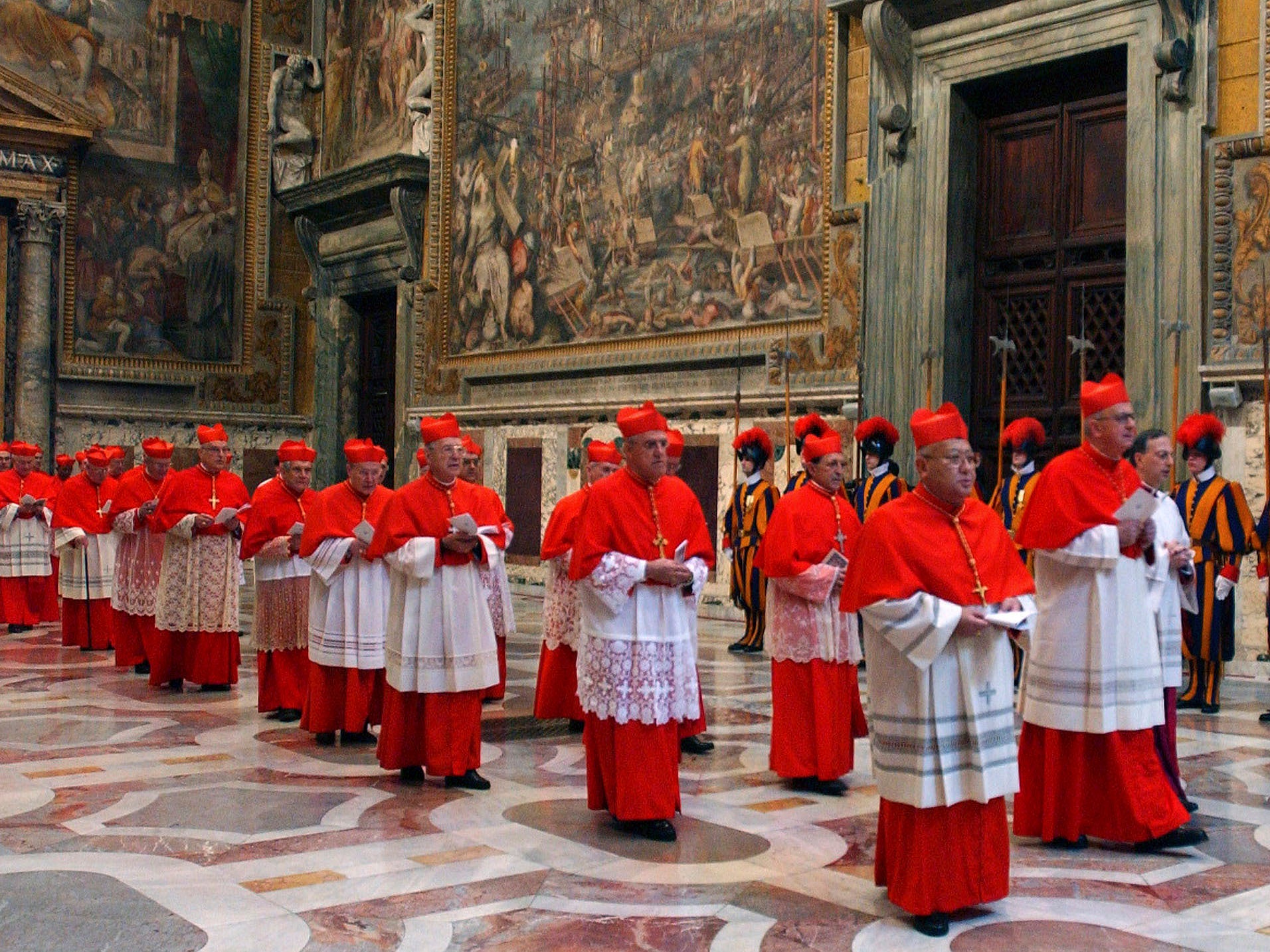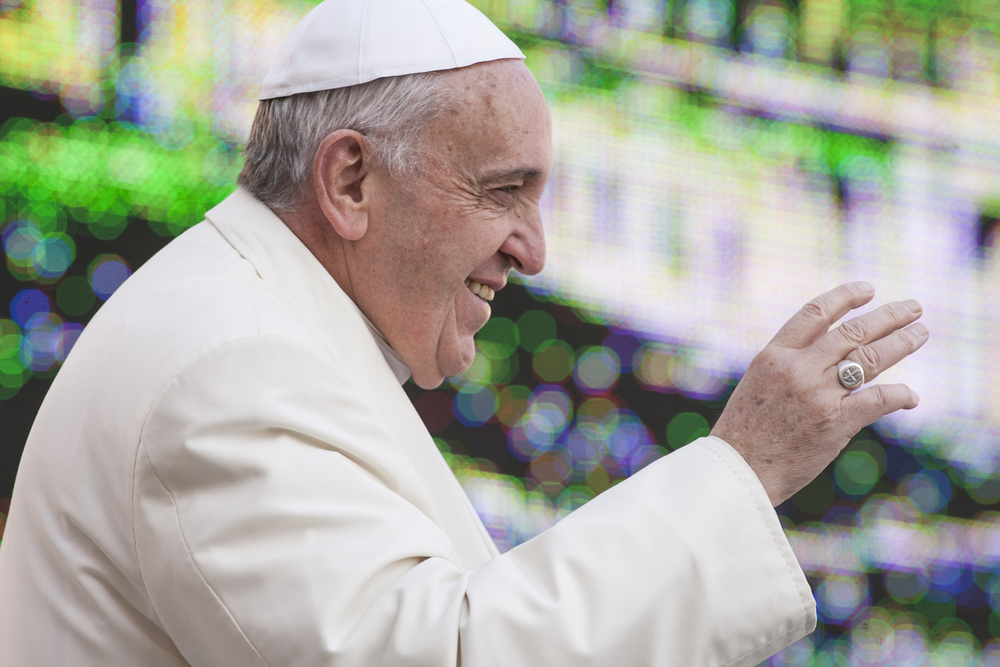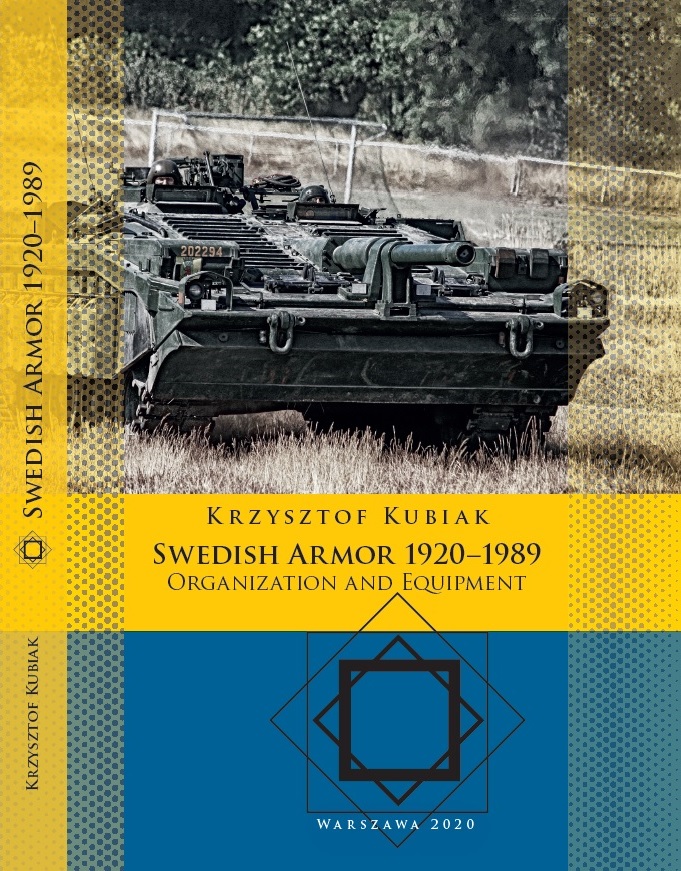The Selection Of A New Pope: A Look Inside Papal Conclaves And Their Procedures

Table of Contents
The History and Evolution of Papal Conclaves
The Papal Conclave, the process by which a new Pope is elected, hasn't always been the formal procedure we know today. Its evolution reflects the shifting political and religious landscapes over centuries. Early conclaves, dating back to the 13th century, were far less structured, often influenced by powerful political factions and regional interests vying for influence over the papacy. These early gatherings lacked the formalized rules and regulations that would eventually govern the process.
The development of more formal rules and regulations occurred gradually over centuries, often in response to contested elections and prolonged periods of vacancy in the papacy. The desire for a more orderly and transparent process led to the gradual codification of conclave procedures. A significant turning point was the Second Vatican Council (1962-1965), which brought about reforms that modernized certain aspects of the conclave, though the essential principles of secrecy and deliberation remain intact.
- Early conclaves: characterized by a lack of formal structure and significant political interference.
- Development of formal rules: a gradual process spanning centuries, shaped by historical events and the need for greater order.
- Impact of Vatican II: reforms modernized aspects of the conclave, balancing tradition with the needs of a changing Church.
- Historically significant conclaves: Examples include the long conclave of 1268-1271, which resulted in the election of Gregory X, and those surrounding major schisms in the Church. These events shaped the evolution of conclave rules and procedures.
The Participants: Cardinals and Their Role
The heart of the Papal Conclave lies in the College of Cardinals, specifically the cardinal electors. To be eligible to participate in a conclave, a cardinal must be under 80 years of age. These cardinal electors, representing the global Catholic Church, bear the immense responsibility of selecting the next Pope. Their role is not merely ceremonial; their collective judgment shapes the future direction of the Catholic faith. The number of cardinal electors fluctuates, but typically involves hundreds of cardinals from various countries and dioceses across the globe.
During the sede vacante (vacant see) period between the death or resignation of a Pope and the election of his successor, the Cardinal Camerlengo acts as the head of the Roman Curia, overseeing the administration of the Church. The cardinals' understanding of Church doctrine, their pastoral experience, and their demonstrated leadership qualities are crucial factors considered during the selection process. A delicate balance is constantly sought between maintaining the traditions of the Church and addressing the evolving concerns of a globalized and increasingly diverse Catholic world.
- Cardinal electors: Their number, background, and responsibility in choosing the next Pope.
- Role of the Cardinal Camerlengo: Managing the Church's affairs during the sede vacante.
- Importance of qualifications: The cardinals' theological knowledge, leadership skills, and understanding of contemporary issues.
- Balancing tradition and modernity: Navigating the complexities of maintaining Church tradition while adapting to modern challenges.
The Conclave Procedures: Secrecy and Deliberation
The Papal Conclave takes place in a highly controlled environment, traditionally within the Sistine Chapel in the Vatican. This location is specifically chosen to ensure the isolation and secrecy essential to the process. The cardinals are sequestered from the outside world, living a simple life of prayer and deliberation. This isolation is crucial to allowing them to focus solely on the momentous task before them, free from external pressures.
The voting process itself involves secret ballots, meticulously counted and verified to guarantee fairness and impartiality. Each day, several "scrutinies" (ballots) are conducted until a candidate receives the required two-thirds majority vote. If no candidate secures this majority, the process continues until a new Pope is chosen. Procedures are in place to address potential deadlocks and to ensure the integrity of the voting process.
- The location: The Sistine Chapel and its historical and symbolic significance.
- "Habemus Papam!": The announcement of the new Pope's election and its worldwide impact.
- Secret ballots: Ensuring fairness and preventing outside influence in the voting process.
- Two-thirds majority: The threshold required for the election of a new Pope.
- Handling deadlocks: Procedures for resolving disputes and ensuring a successful conclusion to the conclave.
The "Black Smoke" and "White Smoke" Signals
One of the most visually striking aspects of a Papal Conclave is the use of smoke signals emanating from the chimney of the Sistine Chapel. These signals communicate the progress of the conclave to the waiting world outside. Black smoke signifies that no Pope has been elected in that round of voting, while white smoke indicates the successful election of a new Supreme Pontiff.
The symbolism is profound. The anticipation and global media coverage surrounding these smoke signals highlight the worldwide interest and importance attached to the selection of a new Pope. The colors themselves carry weight: black representing uncertainty and the ongoing search, white representing purity, hope, and the successful culmination of the conclave.
- Black smoke: Indicating the continuation of the voting process.
- White smoke: Announcing the election of the new Pope.
- Global media coverage: The worldwide anticipation and attention surrounding the smoke signals.
- Color symbolism: The powerful visual representation of the conclave's progress.
Modern Challenges and Future of Papal Conclaves
The Papal Conclave faces modern challenges reflecting the changing demographics and globalization of the Catholic Church. The increasing geographic diversity of the cardinals participating in the conclave brings both enrichment and complexity. The diverse perspectives and experiences of cardinals from around the world enrich the deliberation process. However, it also requires careful consideration to ensure that the selection process remains fair and representative of the entire global Church.
Concerns about transparency and accountability have also been raised, particularly in relation to the traditionally secretive nature of the conclave. While secrecy is vital for ensuring the freedom of the cardinals' deliberations, striking a balance between transparency and confidentiality remains a challenge. This might lead to future adaptations or modifications in the conclave procedures.
- Geographic diversity: The representation of different cultures and regions in the College of Cardinals.
- Transparency and accountability: Balancing secrecy with the need for greater openness.
- Potential for reform: Exploring potential improvements to the conclave process.
- Future of the conclave: Adapting to the changing global landscape of the Catholic Church.
Conclusion
The selection of a new Pope through the Papal Conclave is a momentous event, steeped in history and tradition. Understanding the procedures, participants, and evolving challenges associated with this process provides crucial insight into the governance and future of the Catholic Church. From the historical evolution to the modern challenges, the intricacies of a Papal Conclave highlight the complexity and significance of this pivotal moment. To further enhance your understanding of this fascinating process, explore historical accounts of past Papal Conclaves and analyze the impact of different elected Popes on the Catholic Church. Learn more about the intricate process of the Papal Conclave and its enduring importance in shaping the future of the Catholic faith.

Featured Posts
-
 Chat Gpt And Open Ai The Ftc Investigation And Its Potential Outcomes
Apr 22, 2025
Chat Gpt And Open Ai The Ftc Investigation And Its Potential Outcomes
Apr 22, 2025 -
 A Compassionate Pope Remembering Pope Francis
Apr 22, 2025
A Compassionate Pope Remembering Pope Francis
Apr 22, 2025 -
 A Pan Nordic Defense Integrating Swedish Armor And Finnish Infantry
Apr 22, 2025
A Pan Nordic Defense Integrating Swedish Armor And Finnish Infantry
Apr 22, 2025 -
 Chinas Impact On Bmw And Porsche Sales Are Other Automakers Next
Apr 22, 2025
Chinas Impact On Bmw And Porsche Sales Are Other Automakers Next
Apr 22, 2025 -
 Ryujinx Switch Emulator Development Ends After Nintendo Intervention
Apr 22, 2025
Ryujinx Switch Emulator Development Ends After Nintendo Intervention
Apr 22, 2025
